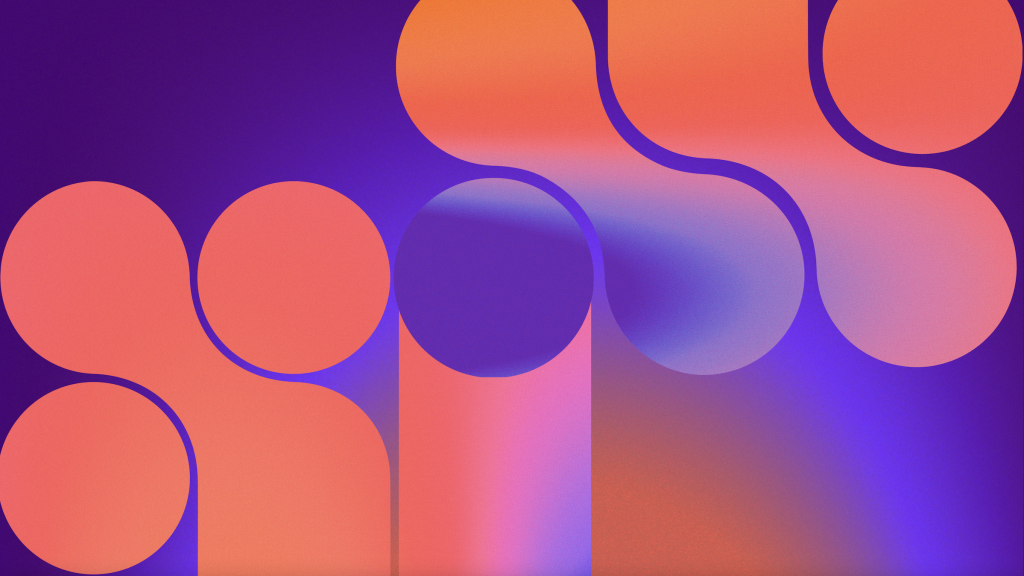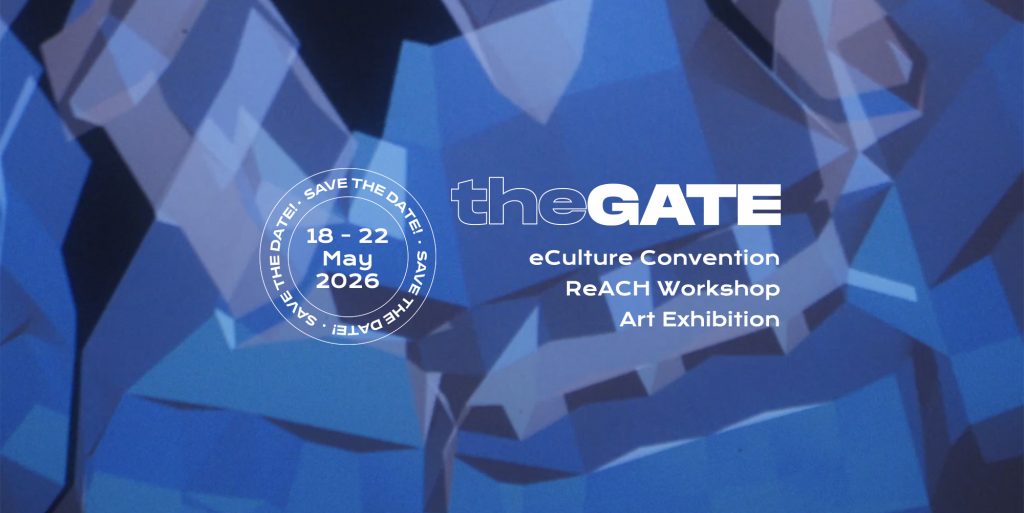Honoré d’O: “The Ap(pp)le boat, also bearing the floating name ‘Carried by Your Voice’, follows a strange route. It sails, among other things, in metaphors. Through highs and lows, bends, twists, but also on straight stretches, balanced on a spirit level. PPP then stands, for example, for purchasing power parity, or for public-private partnership projects. Purchasing Power Parity really sounds good. Like a point to point protocol.”
“As an artist, I love the stretchability, the flex in the flux. The (in)perceptible exciting play of time and place. Every river has two currents, three shores. The goal of water, boat, and nourishment aims at an essence. The original lifeboat has, throughout the process, been transformed into a Drone Hub. In the boat, we leave behind a unit containing a flight-ready drone, a witty apple, and the basic regulations. The flying drone carries an apple, fruit of knowledge, a necessary lifebuoy for humanity. Fruits and vegetables are distant-distant cousins. They contain insight and the wisdom of existence, on the scale of cosmic vastness.”
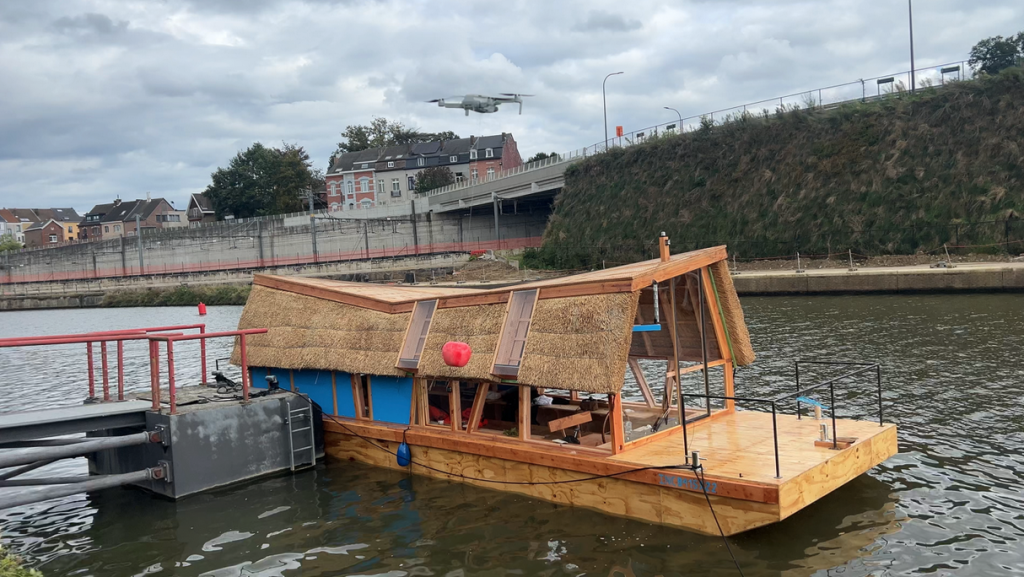
With each use of the boat, one can call upon Honoré d’O and students to visualize the understanding of evolving knowledge between shore and boat. “That is why this art-apple is filled with isomo, flemish name of expanded polystyrene, EPS. Isomo is anti-matter. The counterpart of matter, thus also in its value the full opposite. Not an opponent. The protagonist needs an antagonist.”
I hope it is possible to let a drone fly away straight from the heart of the Art as a Heterotopia, and not only from the unbelievable wonder of technology.
– Honoré d’O
In this starting-performance, green apples ripen and turn red. From this first harvest, attendees may take a piece home. Framed on the wall, or however they like – it invites human reflection. “The more mental labor, the more valuable the raw material, the greater the spiritual capital. The greater the spiritual capital, the more chance of lasting solutions, for health and pleasure, energy and luxury, agriculture and fruit flesh, climate and peace, for nature and culture, humor and mood.”
Main artists: Honoré d’O, Futurefarmers, Mose Lein, Inge Braeckman, Tijs Boelens
Supported by: Gluon
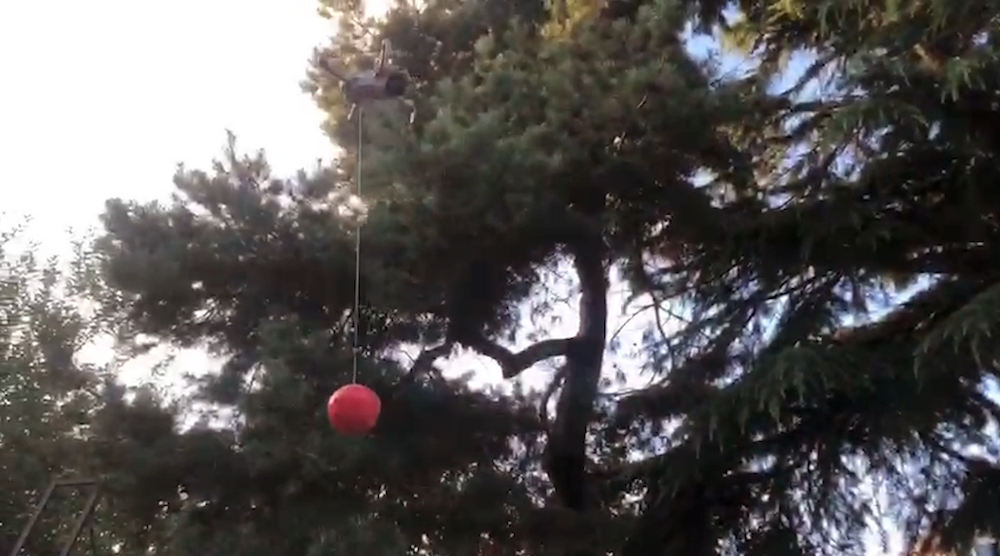
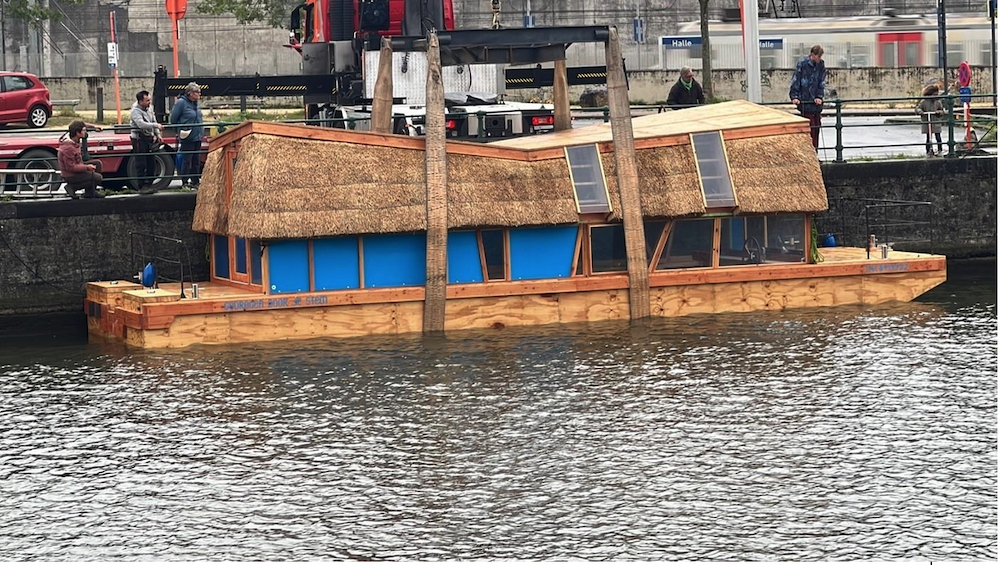
About Honoré d’O
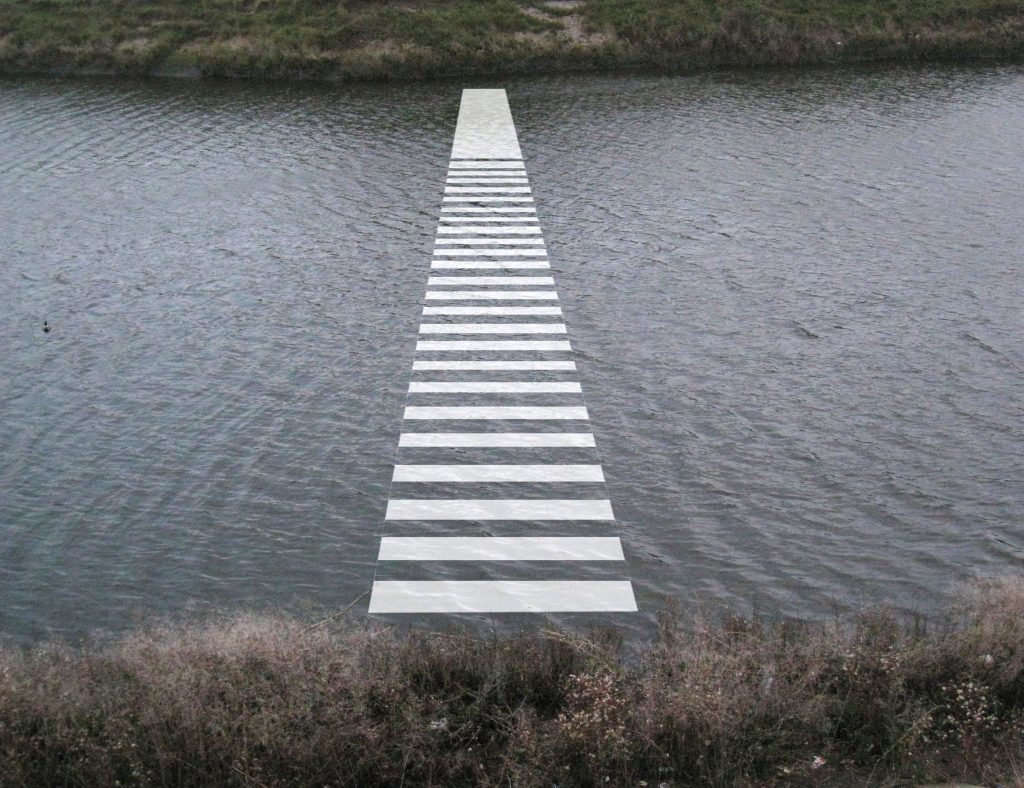
Honoré d’O (1961, Oudenaarde as Raf Van Ommeslaege and 1984, Gent as Honoré d’O) was a pupil of the Academy of Fine Arts in his hometown Zottegem. He studied architecture in Ghent. From then on, he was autodidact and developed an atmospherically visual language with an immaterial grammar and an ironic vocabulary. In his experimental intention is laying an extremely esthetic attention. Loaded with the pleasure of invention, he offers us a magic strategy of great escape, disconnecting his paradise proposal of new mythology and belief in breath from the global alarming doom scenario.
Honoré d’O represented Belgium on the 51st Biennale of Venice 2005.
He was Laureat of the Prize Visual Art of the Flemish Community 2006.
He was representative in the Biennales of Johannesburg, Taipei, Saõ Paulo, Sydney, and his works are spread over international collections with permanent installations in Japan, South-Korea, China. He works alone without office.
Host / Region
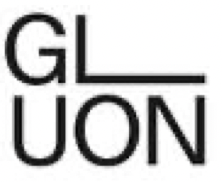
GLUON / Brussels, Belgium – The Brussels Port
Abstract
This residency challenged artists to reimagine the Brussels canal and Flemish waterways, promoting a cultural shift from land-based transport to water-based alternatives, aiming to inspire ecological and socio-cultural transformations in waterway and port areas.
Keywords
modal shift, sustainable transport, water recycling, river transport
Description of the regional challenge
The Brussels Port, situated within the City of Brussels in the Brussels-Capital Region120 kilometers away from the coastline accommodates ships and convoys of up to 9,000 tonnes and serves as a vital hub for regional connectivity across 14 km of canal. By the Brussels–Scheldt Maritime Canal, even ocean-faring vessels can access the outer port, while the Brussels–Charleroi Canal ensures transit to Wallonia.
Through several projects the Flemish waterway authorities, the port and the city of Brussels as well as other local and international partners are aiming at an expansion of sustainable transport per water to reduce transport on roads. These Modal Shift processes are often slow-paced and difficult to implement due to a variety of technical, economical and industrial reasons. One underestimated problem here is how societal and cultural norms favor traditional modes of transportation.
How is the mission S+T+ARTS driven?
Artists are called to envision and create collaborative works along the canal of Brussels and across the Flemish waterways, playfully and engagingly inspiring cultural transformations of transport away from car-on-land onto the waterways. Stimulate community encounters to raise awareness for sustainability actions and systemic changes regarding waterways and port areas.
On how many levels could a creative ‘canal of change’ have positive ecological and socio-cultural impact?
About The Project – Keeping Heterotopia Afloat. Experiments in Modal Shift
A procession of drones and people aims to transport food from a floating platform on the Brussels Canal. This work builds on the results of a previous STARTS residency by Futurefarers, who created a platform that brings food from the Brussels hinterland to the city. The procession invites reflection on the intricate relationship between humans and machines, art and farming, fragility and strength. The drones, hovering like halos, subtly alter the perception of the participants, evoking a contemporary version of the saints depicted in ancient art. This interplay raises questions about control and dependence: Are the drones guiding the performers, or are the performers leading the drones? The dance between human and machine blurs these boundaries, suggesting a future where technology and humanity are inextricably linked.

